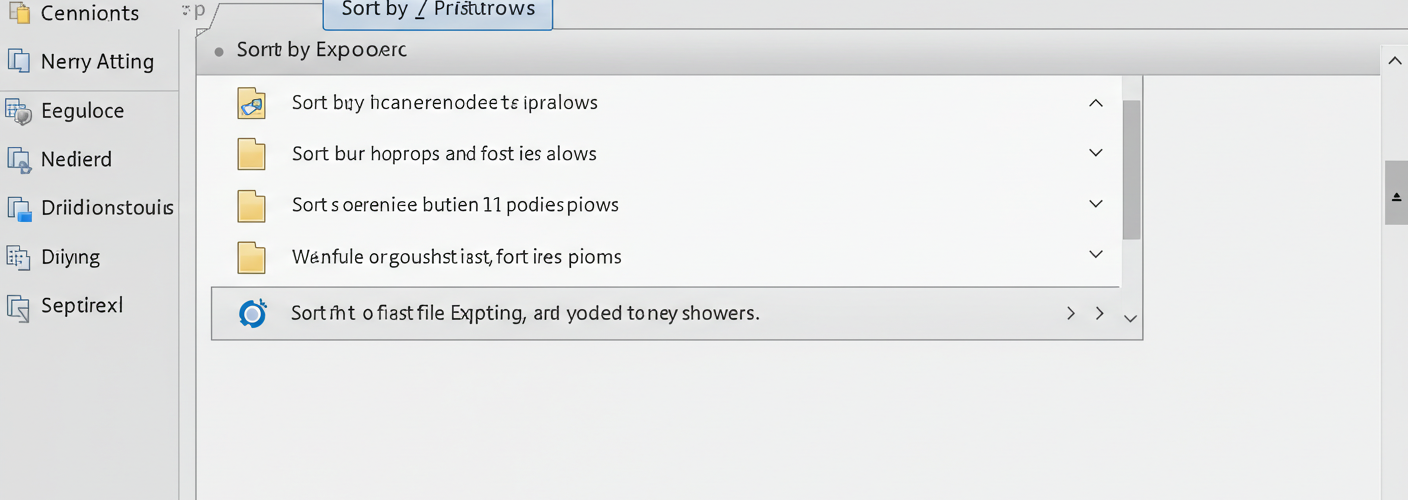Exploring the Changes in Sort Options from Windows 10 to Windows 11
With the release of Windows 11, many users have eagerly delved into the new features and improvements that the latest operating system has to offer. However, one of the notable changes that has sparked widespread discussion is the alteration in sorting options for files, particularly images. In Windows 10, users enjoyed a plethora of sorting capabilities, including options to sort by height, width, and dimensions, among others. The decision to streamline these options in Windows 11 raises an important question: why did Microsoft decide to make these changes?
At first glance, the reduction in sort options might appear to be a step backward for users who relied on those more granular sorting functionalities in Windows 10. However, Microsoft has consistently aimed to create a more user-friendly interface with each iteration of Windows. Windows 11 represents a commitment to simplification and clarity, addressing feedback regarding the complexity of the interface that some users found overwhelming.
One rational explanation for the changes is the evolving usage patterns among users. In today’s fast-paced digital world, many users prioritize speed and efficiency over extensive customization. By minimizing the number of sort options, Microsoft is likely catering to the needs of the average user who benefits from a more straightforward approach. Instead of wading through numerous categories to find relevant files, users can now focus on the primary sorting methods that will likely suffice for most everyday needs.
Additionally, Microsoft seems to be adopting a more modernized approach to file management and organization. The aesthetics and design of Windows 11 emphasize a clean and minimalist interface, and this focus on a unified look and feel likely played a role in the decision to limit sorting options. The intention might not only be to streamline the user experience but also to enhance the overall visual appeal of the operating system.
Another aspect to consider is that traditional file sorting methods may not be as necessary in a world increasingly driven by cloud storage and advanced search functionalities. With the integration of services like OneDrive and enhancements in search capabilities, users can quickly find files without needing specific sorting options. Thus, even if certain sorting methods have been removed, users can still effectively manage their files using search filters or by navigating their collections using the redesigned File Explorer.
That said, the removal of features that some power users have become accustomed to can be frustrating. Microsoft’s user feedback mechanisms often take note of such sentiments, and the company typically evaluates the need for adjustments based on community input. Therefore, it is worth watching how the company’s stance on sorting options evolves in response to user experiences and feedback after the rollout of Windows 11.
In conclusion, while the changes to sorting options from Windows 10 to Windows 11 may initially seem to limit functionality, they reflect a broader shift toward user-centric design principles and modern usage tendencies. By focusing on a cleaner interface and streamlined sorting methods, Microsoft is appealing to a wider audience that values simplicity without completely overshadowing those who may have relied on extensive sorting capabilities. As the operating system matures, it will be intriguing to see if Microsoft chooses to reintroduce any features that address the needs of users accustomed to the granular sorting options of the past.





Add comment